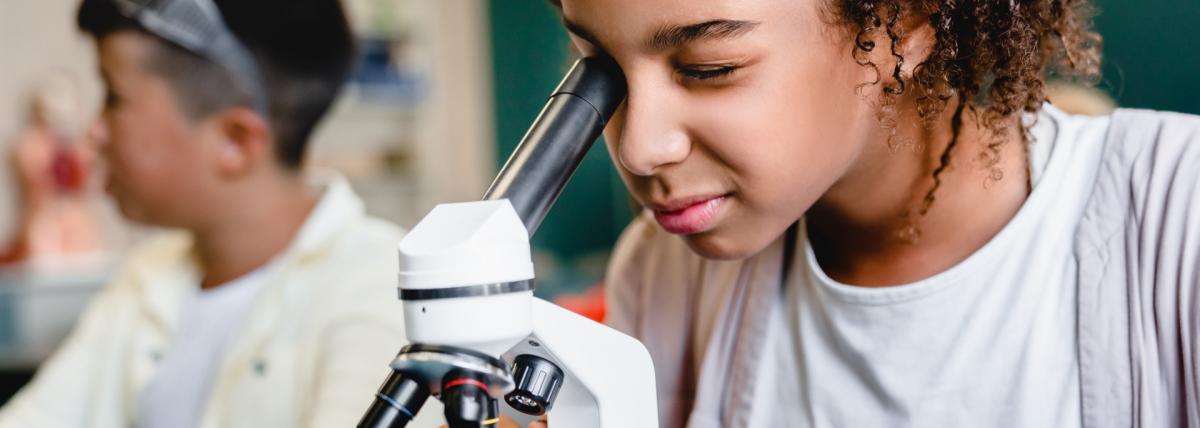In this hands-on lesson, students research the solar system. Then, they work in groups to create a solar system model and present it to the class.

This lesson is about geometric shapes. Student will watch videos about the solar system. They will view the geometric shapes in the solar system and draw pictures of them.

In this lesson, students will learn about planets and stars and their relationship with each other. They will create a planet or star and then, as a group, create a song to present to the class.

Within this lesson, students will present their master-planned community to a test audience and potential clients. Focus is on presenting to the client rather than reading information off the slide

Students will explore the field of astrobiology and the possibility of life on Mars through research, critical thinking, and hands-on activities. Students will design and create a model Martian

During this lesson students will explore the concept of erosion. Using a Stream Table, students will have the opportunity to discuss theories with their classmates, observe erosion, draw a model and


This is the 3rd lesson in the series. In this lesson, students will select one building from their master-planned community to construct a 3D model that absorbs/releases 8% less than the surrounding

In this lesson students will learn about water filtration and how to filter simulated Martian water. Students will build water filters and use the engineering design process. This is the 2nd lesson in